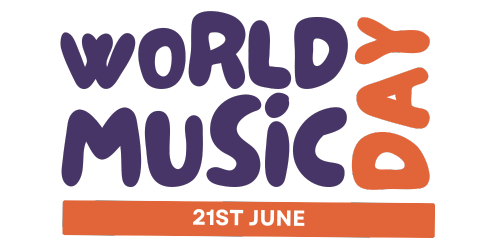Incorporating world music into the classroom is an exciting way to expose students to different cultures, traditions, and musical styles. However, it can be challenging for teachers who are not familiar with the music or culture themselves. To help make this process easier, we have compiled a list of tips and tricks for introducing world music to your students in an engaging and meaningful way.
- Start with familiar music: When introducing students to world music, it is important to begin with music that they may already be familiar with. This can include popular songs from other countries that have been adapted for Western audiences, or music that has been used in movies or commercials. By starting with familiar music, students can more easily understand and appreciate the music, and it can serve as a stepping stone to more unfamiliar music.
- Provide context: When introducing new music, it is important to provide context for your students. Explain the cultural significance of the music, such as the history and origins of the music, the instruments used, and the musicians and their background. This information can help students understand and appreciate the music more, as well as connect it to what they are learning in other subjects such as history or social studies.
- Make it interactive: Engage students in the music by having them participate in singing, dancing, or playing instruments. This can help students connect with the music and feel more invested in the learning process. For example, you can have students learn traditional dances from a particular culture, or have them play along with a recording on a simple instrument like a drum or shaker.
- Use multimedia: Multimedia resources such as videos, recordings, and images can be a great way to help students visualize and hear the music. This can make the music more accessible and enjoyable for students, and can also provide a way for students to learn about the culture and traditions associated with the music. For example, you can use videos of traditional performances to show students the cultural significance of the music and the instruments used.
- Incorporate into other subjects: Incorporate world music into other subjects such as history, social studies, or language arts. For example, you can use music to teach about the history of a particular culture, or to support language learning. This can help students make connections between the music and what they are learning in other subjects, making the learning more meaningful and impactful.
- Make it fun: Make learning about world music fun by creating games and activities that incorporate music. For example, you can create a listening scavenger hunt where students have to identify different instruments or musical elements in the music. Or you can have a listening quiz where they have to match the song with the country or culture of origin.
- Collaboration with music teacher: Collaborating with your school’s music teacher can be very helpful in planning music activities that align with your curriculum. They can provide you with resources and suggestions for activities, and may also be able to lead students in performing or composing their own music.
In conclusion, introducing world music to the classroom can be a fun and engaging way for students to learn about different cultures and traditions. By following these tips, you can help your students appreciate and understand world music, and connect with different cultures in a meaningful way. Remember, world music is not just an add-on to your curriculum, it can be a powerful tool that helps students build empathy, gain a deeper understanding of other cultures, and develop their critical thinking skills.



